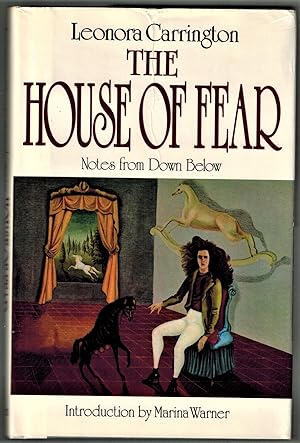Synopsis
The events and locales of World War II Europe provide the setting for a series of four surrealistic autobiographical novellas that concern the author's romantic and artistic involvement with Max Ernest and her subsequent descent into madness
Reviews
An introduction by Marina Warner sets these surrealistic stories by Max Ernst's lover (and herself a noted surrealist painter) in helpful context. Carrington was 19 in 1936 when she met Ernst, in London for an exhibition. Returning with him to France, she wrote some of the stories collected here while they lived in Provence, often writing the first version in English, the second in French. The title story, with a foreword by Ernst, features a talking horse, other animals dressed as clergy, the narrator and a mythical woman called Fear. Animalstalking hedgehogs, bats, magpies and eloquent, often mistreated, horsesappear in the other tales as well. In the lengthiest, a roman a clef titled "Little Francis," a young boy traveling with his uncle grows a horse's head. Marked by the unexpected and obscure, these stories are also vivid, immediate and somewhat naive, even as they take on such subjects as death and filth. Most specific is the author's account in "Down Below" of her experience in a Spanish insane asylum after Ernst was sent to a concentration camp in 1939. Clearly the product of the period's fashion and politics, Carrington's energetic writing also stands on its own. Illustrations not seen by PW.
Copyright 1988 Reed Business Information, Inc.
"About this title" may belong to another edition of this title.

